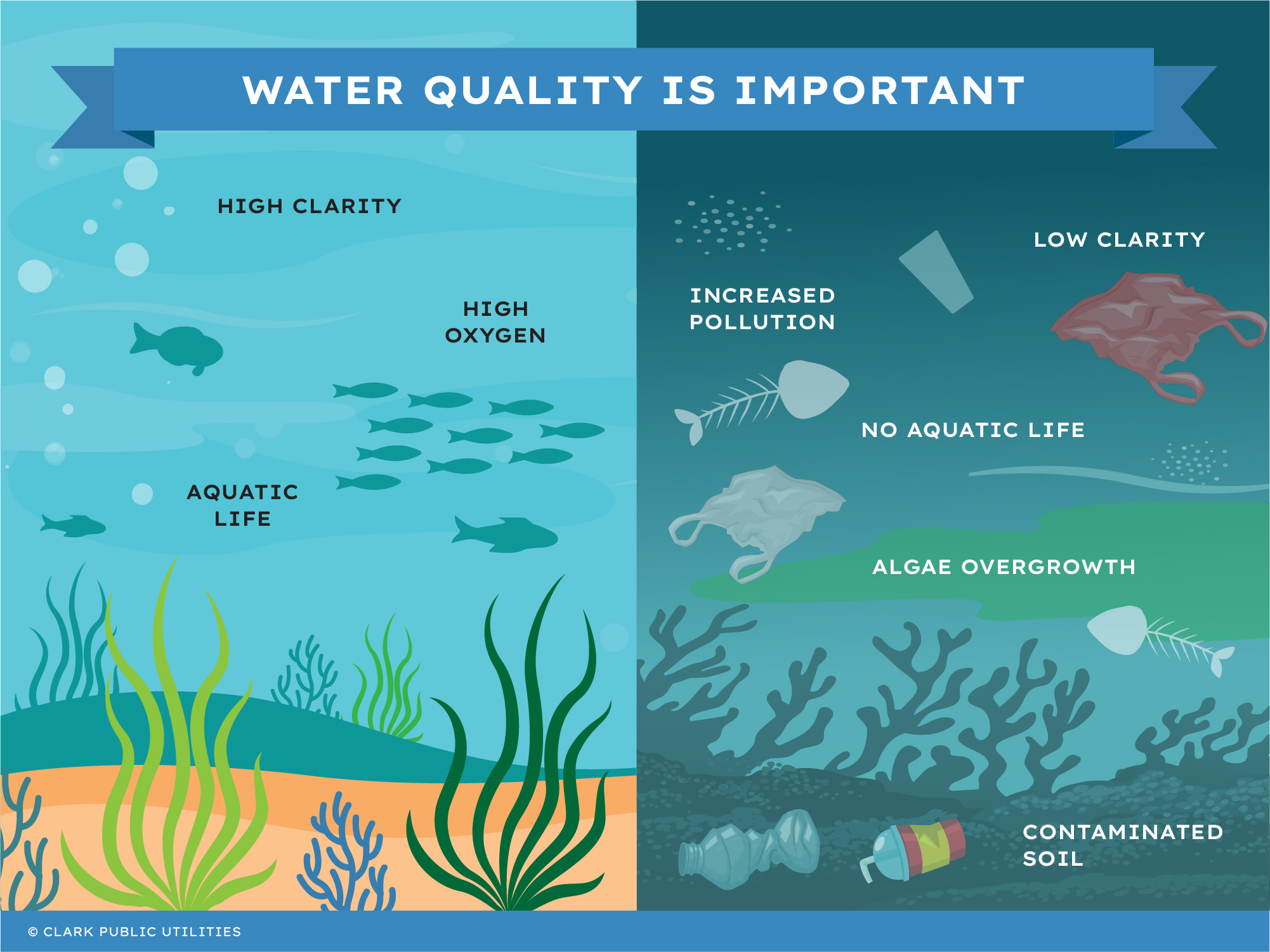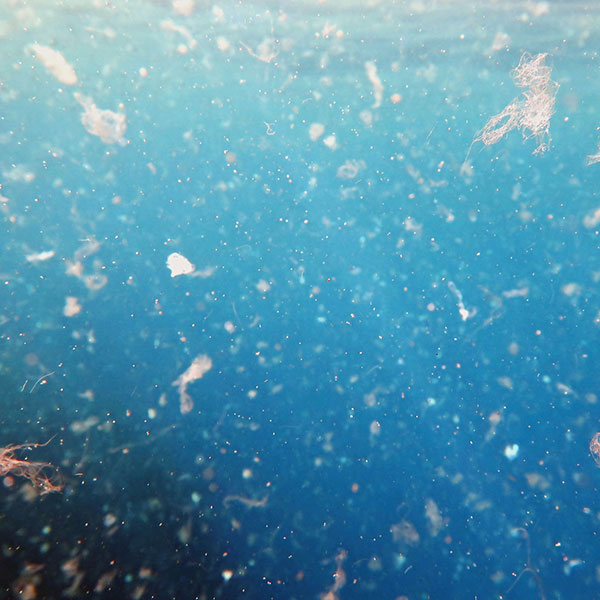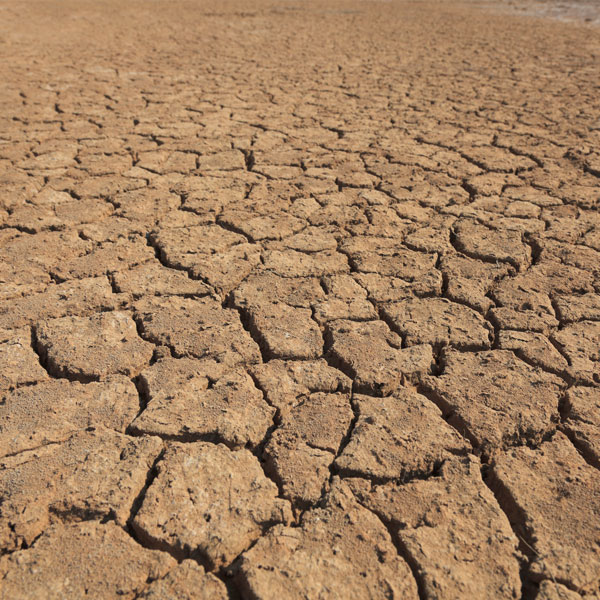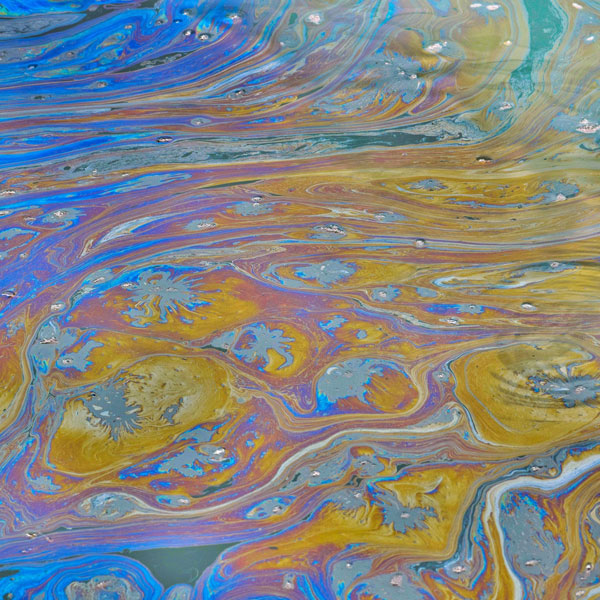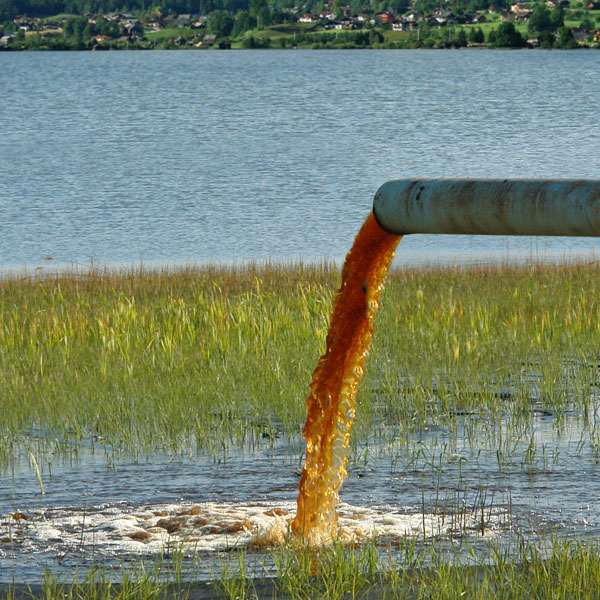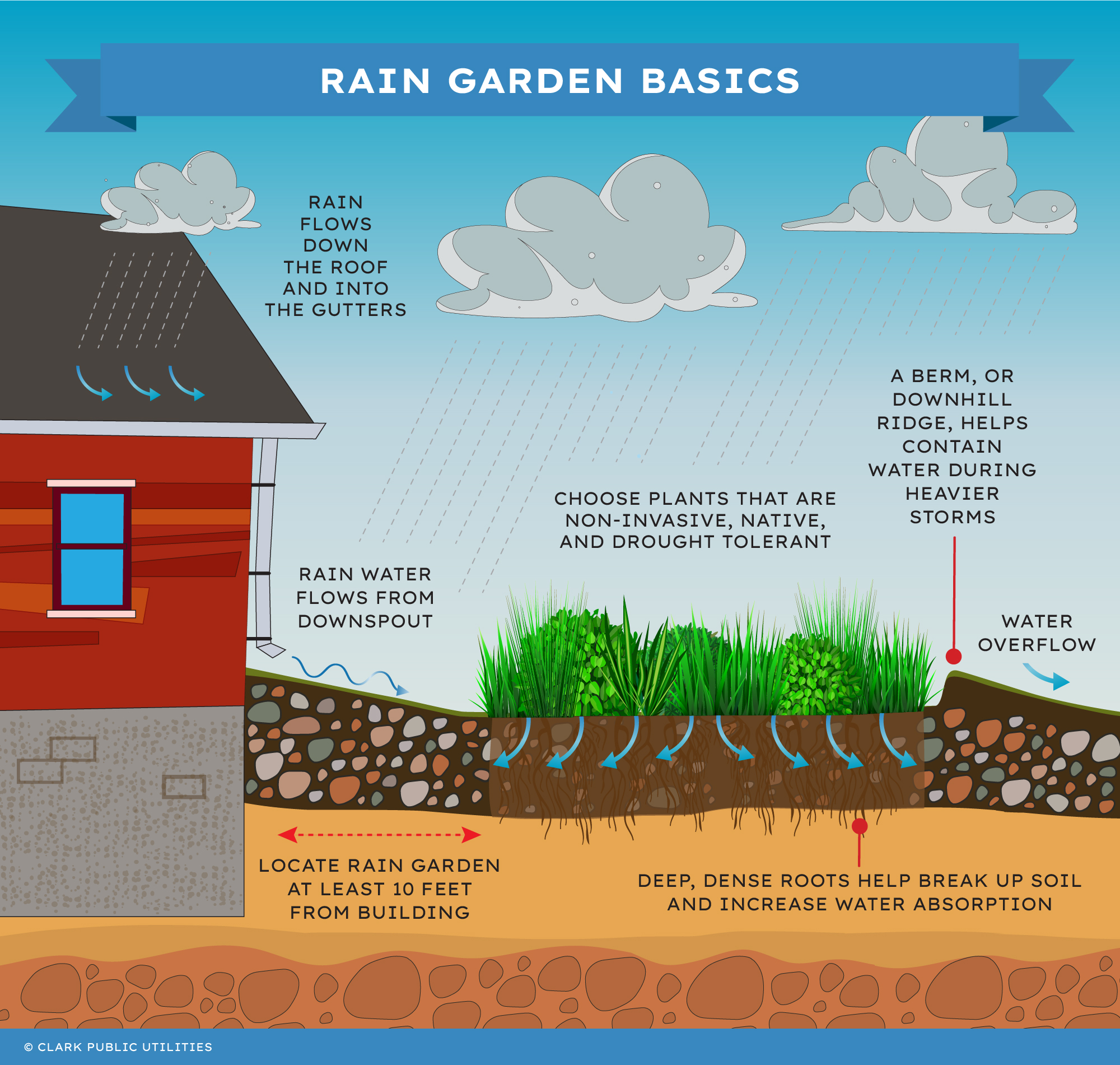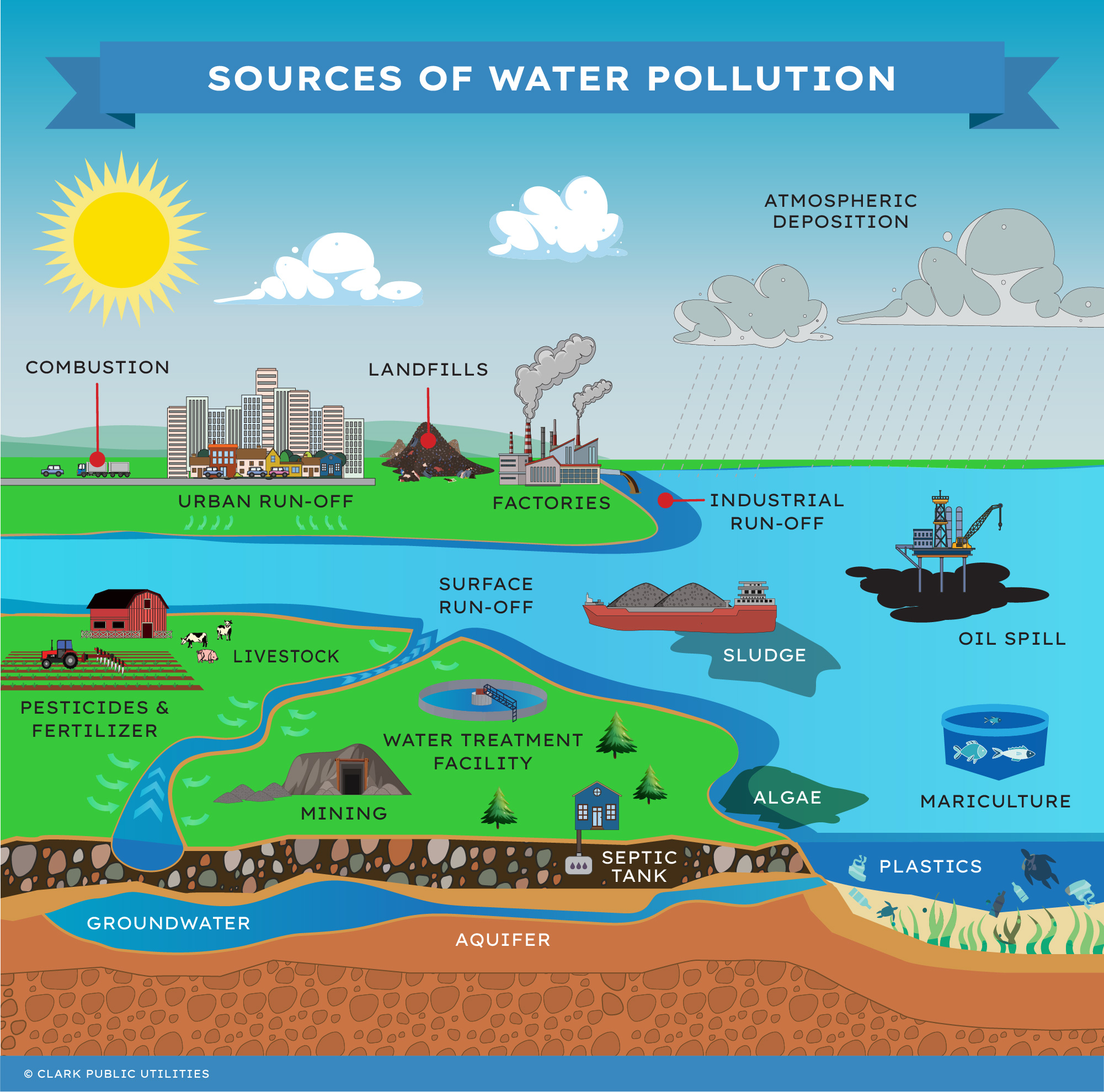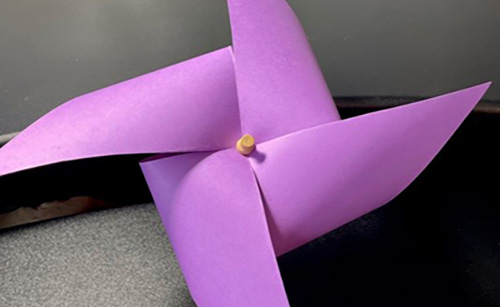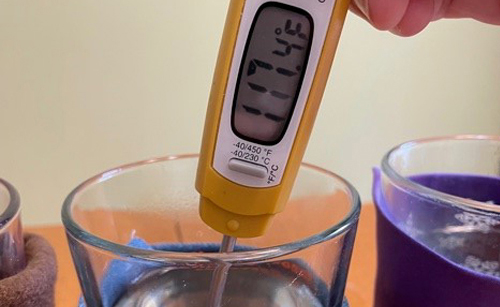Clean water is essential
Water — and access to clean water, specifically — is vital for life. Drinking, cooking, and sanitation, which all keep us healthy (and alive!) all require clean water.
In Clark County, we’re fortunate to have an ample supply of safe water, and federal and state laws that protect it. These laws protect the quality and quantity of our water, so humans, animals and plants all have enough.

Did you know that access to water and sanitation is considered a basic human right by the United Nations? Around the world, communities that don’t have enough water are trapped in a cycle of poverty and unsafe conditions. Finding water in these places, which is typically a job of women and children, is time-consuming and dangerous. This means that there’s little time for education and other activities that can bring people out of poverty. Plus, diseases transmitted by dirty water can be deadly.
Risks to public water systems in the U.S.
Since most of Clark County’s drinking water comes from the ground, the aquifer system that lies beneath us is an important groundwater recharge area. As the sole source of our drinking water (designated by the Environmental Protection Agency), our aquifer system must be protected from pollution and overuse.
While we’re fortunate to have a good supply of clean water, there are certain challenges we face in Clark County and the Pacific Northwest as a whole, including:
High temperatures: As the air warms, so does the water. The possibility of water pollution increases too because algae and pathogens can grow and spread in warm water. Plus, some pollutants, like ammonia, can become concentrated in warm water. When there is an algae bloom, the oxygen level in the water can be reduced and along with these pollutants can stress or kill salmon. Warmer waters can also make them more vulnerable to parasites and diseases.
Low oxygen: Biodegradable substances like human and animal waste, plant products like food waste and leaves, and the bodies of dead organisms all naturally exist in our water and are consumed by microorganisms. When too many of these microorganisms exist in an environment, they use up the water’s oxygen. The microorganisms that need oxygen to survive then die and those that can live without (called anaerobic organisms) survive and can be harmful to the ecosystem because they can produce dangerous toxins like ammonia.
Reduced groundwater recharge: When water in an aquifer is used faster than it can be replenished, then the groundwater isn’t being recharged adequately. This happens because of frequent droughts, hotter temperatures that increase the rates of evapotranspiration, and too many impervious surfaces that interfere with groundwater infiltration.
Pollution: Underground contaminants can seep into aquifers and pollute water sources. This can happen in industrial areas, for example. Oil spills or other pollution that leaks into the ground can be pulled into underground aquifers.
High levels of fecal coliform bacteria: Fecal coliform bacteria are a group of bacteria that are passed through the poop of humans and animals, though it can also be the result of paper mill effluent. It enters waterbodies from human sewage, directly from mammals, or from agricultural runoff. It’s harmful to the environment and can be a human health hazard as well, although not all strains are dangerous.
Water is essential for healthy ecosystems
Healthy ecosystems are like a web, where animals, plants, fungi, the physical environment — even humans — are connected, even if we don’t obviously interact. Much like how breaking one thread in a spider web can cause the whole thing to collapse, harming one part of the ecosystem can damage other parts.

There are many causes of water pollution. In Clark County, an increase in the amount of pavement and other impermeable surfaces can reduce water’s ability to infiltrate the ground, causing more water to run into streams.
This increases both streambank erosion and the risk of floods, which result in more pollutants, nutrients, and sediment in water bodies.

Nutrients in food are a good thing but having too many of certain nutrients in our water isn’t good! Specifically, nitrogen and phosphorus can pollute waterways. This nutrient pollution is also called eutrophification.
Excessive nutrients usually come from agriculture runoff, raw sewage discharge, and combustion emissions. Nutrient pollution can cause algal blooms and acid rain, among other concerns.
Rain Gardens
Rain gardens are designed to capture stormwater from impervious surfaces such as roads, parking lots and roofs. They slow the water down to encourage absorption and filter that water as it percolates into the soil. Most of the plants in a rain garden help with this process and can tolerate extremes of wet and dry soil and can tolerate the increased levels of nutrients and pollutants often found in stormwater. Rain gardens are typically planted with native trees, shrubs and perennials which are well suited for our local growing conditions and have deep roots.
In a natural watershed, rain falls mainly onto vegetation and is absorbed into soils, stored as groundwater, and the slowly discharged into streams through seeps and springs. Because much of the runoff during a storm is absorbed into the ground flooding and erosion is less of an issue. In cities, a lot of the vegetation has been replaced by roads, sidewalks, parking lots and buildings with roofs. This reduces the area where infiltration to groundwater can occur and that water must be collected by extensive drainage systems that combine curbs, storm sewers, and ditches to carry much of the stormwater runoff directly to streams. And although rain is an important contributor for recharging our local waterways, runoff from impervious surfaces carries with it all sorts of pollutants, from pesticides, oil and heavy metals to excess nutrients like nitrogen and phosphorous which can cause algae blooms. The EPA estimates that approximately 30 percent of pollutants in our waters result from stormwater runoff.
To decrease the amount of runoff flowing directly into our streams, some of it is diverted into treatment facilities to remove the pollutants and then clean water is deposited into local waterways or used for drinking. However, water treatment facilities handle all of the rainfall Clark County receives. On average 55,000 gallons of water fall on the roof of an average home every year. Rain gardens can be part of the solution.
Rain gardens can become part of the water cycle and aid in the infiltration, absorption and filtration of the water. The benefits of installing a rain garden include:
- A decreased amount of polluted stormwater runoff reaching local streams, rivers and lakes.
- An increased absorption of water to recharge groundwater supplies.
- Filtration of pollutants by the soil and native plants which improves the water quality.
- Creation of a habitat for birds, mammals, amphibians, reptiles and insects.
At our Operations Center we have a demonstration rain garden that you are welcome to visit. And if you want to test first-hand how filtration works, check out this fun activity.
Three types of water pollution
There are many types of water pollution in the world. Here in the Pacific Northwest, the most common types of water pollution we face are:
Effects of water pollution on humans, animals, and plants
Contaminated water can cause serious illnesses like diarrhea, cholera, giardia, and typhoid, which can sometimes lead to death. In Clark County, polluted water can come from accidental sewage spills or runoff from farms and cities. While we’re lucky that our water is almost always safe to drink, if there’s ever concern, local health officials will issue a boil water advisory and work as quickly as possible to fix the problem.
The environment around us suffers from water pollution, too. This is often seen in algal blooms in lakes or oceans. Caused by excess nitrogen and phosphorus, harmful algal blooms can produce neurotoxins that affect wildlife and people.
Algae blooms
Harmful algae blooms (also known as algal blooms) occur when colonies of algae grow out of control in a body of water. Certain types of algal blooms are produced by cyanobacteria that can be dangerous to animals and people. These bacteria can turn sunlight into energy, just like plants do.
While they’re always found in water at some quantity, they only become a problem (and a potentially toxic problem, at that!) when their population grows.

Cyanobacteria are some of the oldest organisms on Earth, with their fossils dating back around 3.5 billion years! Believed to be the first organisms to produce oxygen, cyanobacteria are responsible for creating the oxygen-rich atmosphere of our planet.
Be safe around harmful algae blooms
In Clark County, some lakes typically have algae (also known as algal) blooms throughout the year and other lakes only periodically have problems. Be aware of local conditions to protect your health! Algae blooms can be green, brown, or blue. They might look like scum or foam floating on the water, or they might look like paint. Learn more about algae blooms. When there’s an algae bloom:
- Don’t touch the water or any scum on the shore
- Don’t swim in the water
- Don’t let your pets play in the water
- Don’t fish or boat

Between Memorial Day and Labor Day, the Clark County Public Health department routinely monitors local swim beaches for bacterial contaminants and harmful algal blooms. Check for current beach closures.

 Water Conservation
Water Conservation